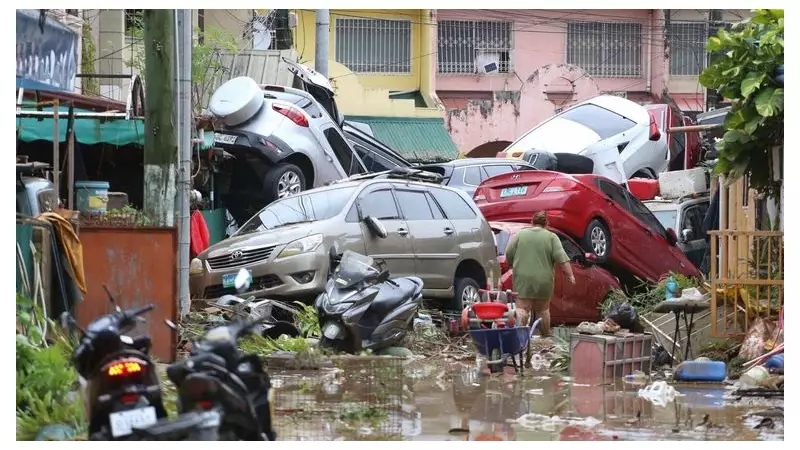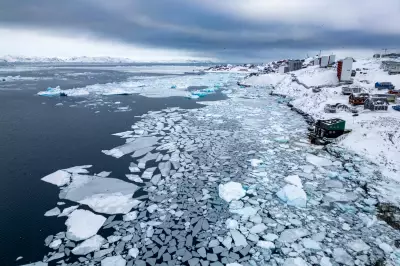
The Philippines is reeling from the devastating impact of Typhoon Kalmaegi, which has left at least 46 people dead after unleashing torrential rains across the northern regions of the country.
Emergency Response Underway
Rescue teams are working tirelessly across affected areas, where entire communities have been submerged under floodwaters. The storm, known locally as Typhoon Neneng, triggered multiple landslides that buried homes and blocked crucial transportation routes.
Widespread Destruction
Emergency services report that the hardest-hit areas include:
- Mountainous regions where landslides destroyed villages
- Coastal communities battered by storm surges
- Agricultural heartlands now submerged under floodwaters
Thousands of residents have been forced to evacuate their homes, seeking shelter in temporary accommodation centres as the storm continues to wreak havoc.
Ongoing Rescue Operations
Philippine authorities have deployed military units and emergency response teams to conduct search and rescue missions. The challenging conditions, including continuing heavy rainfall and damaged infrastructure, are hampering relief efforts in remote areas.
"We're facing a race against time to reach isolated communities," one rescue coordinator told reporters. "The scale of destruction is overwhelming."
Regional Impact and Climate Concerns
The Philippines, situated within the Pacific typhoon belt, experiences approximately 20 tropical storms annually. However, climate scientists note that rising sea temperatures are intensifying these weather events, leading to more frequent and severe storm systems.
This latest disaster highlights the urgent need for improved disaster preparedness in vulnerable regions facing increasingly extreme weather patterns.





